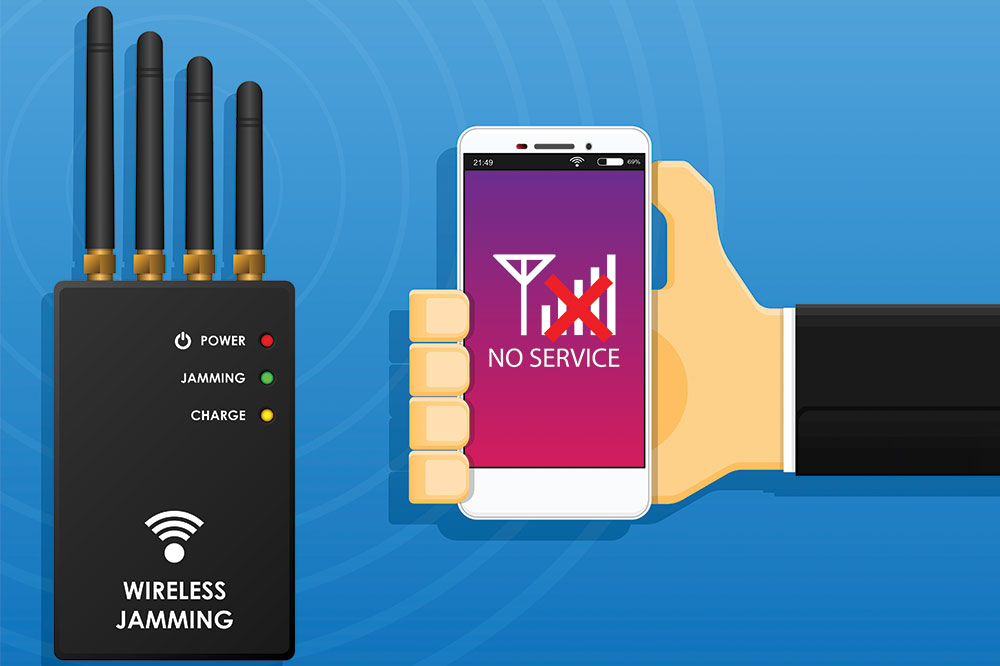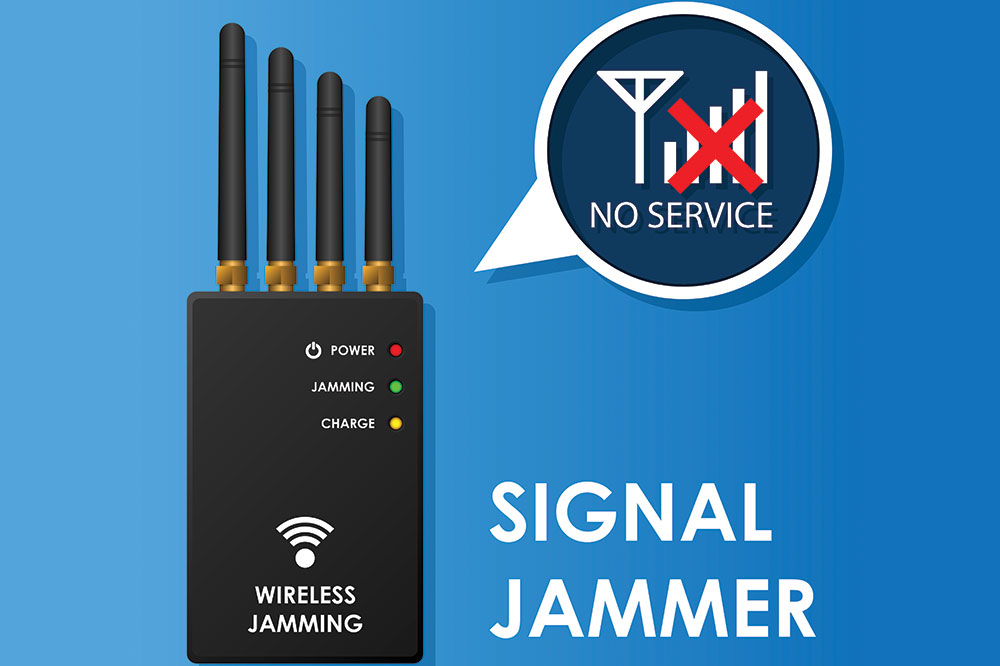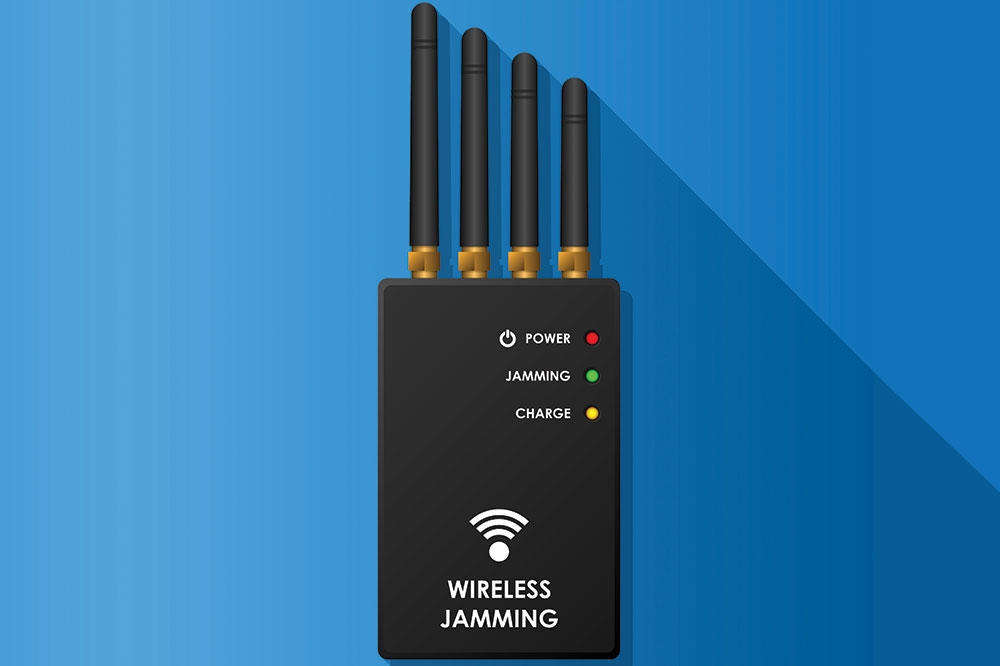How to Detect and Disable Signal Blockers Effectively
Learn how to identify and disable signal jammers that disrupt mobile and WiFi signals. Discover practical tips for detection, troubleshooting, and legal actions to maintain your communication. Stay informed about the risks and regulations surrounding signal blocking devices.

Detecting and Neutralizing Signal Blockers
Signal jammers disrupt communication by blocking signals sent to or from mobile devices. They can also interfere with WiFi, radio signals, and signal boosters. These devices are powerful, capable of affecting large areas, and can be difficult to identify. If you're experiencing sudden signal loss, knowing how to detect and disable these devices is crucial.
Identifying a Signal Jammer
Observe whether your phone has lost service. If multiple nearby users experience similar issues, a jammer might be active in the vicinity.
Furthermore, you may use signal detection apps, though their effectiveness is limited without strong signals or advanced equipment. Only specialized military-grade tools can definitively confirm jamming devices. For most users, identifying the source visually or through signal fluctuations is the practical approach.
To deactivate a jammer, locate the device—often resembling a cell phone or WiFi router—and disable it. These devices work by transmitting strong frequencies to block cellular signals. Changing your device's frequency or moving out of the jammer's effective range (usually about 30 feet) might restore service. It's essential to note that using signal jammers is illegal in many regions. If you suspect illegal jamming, report it to authorities such as the FCC, as operating or selling such devices can lead to severe penalties including fines or imprisonment.
Important Notice:
Our blog offers a wide range of informative content. While we strive for accuracy, users should consider articles as general guidance. We are not responsible for discrepancies or errors. Also, specific offers or schemes outlined may differ from actual opportunities available.





